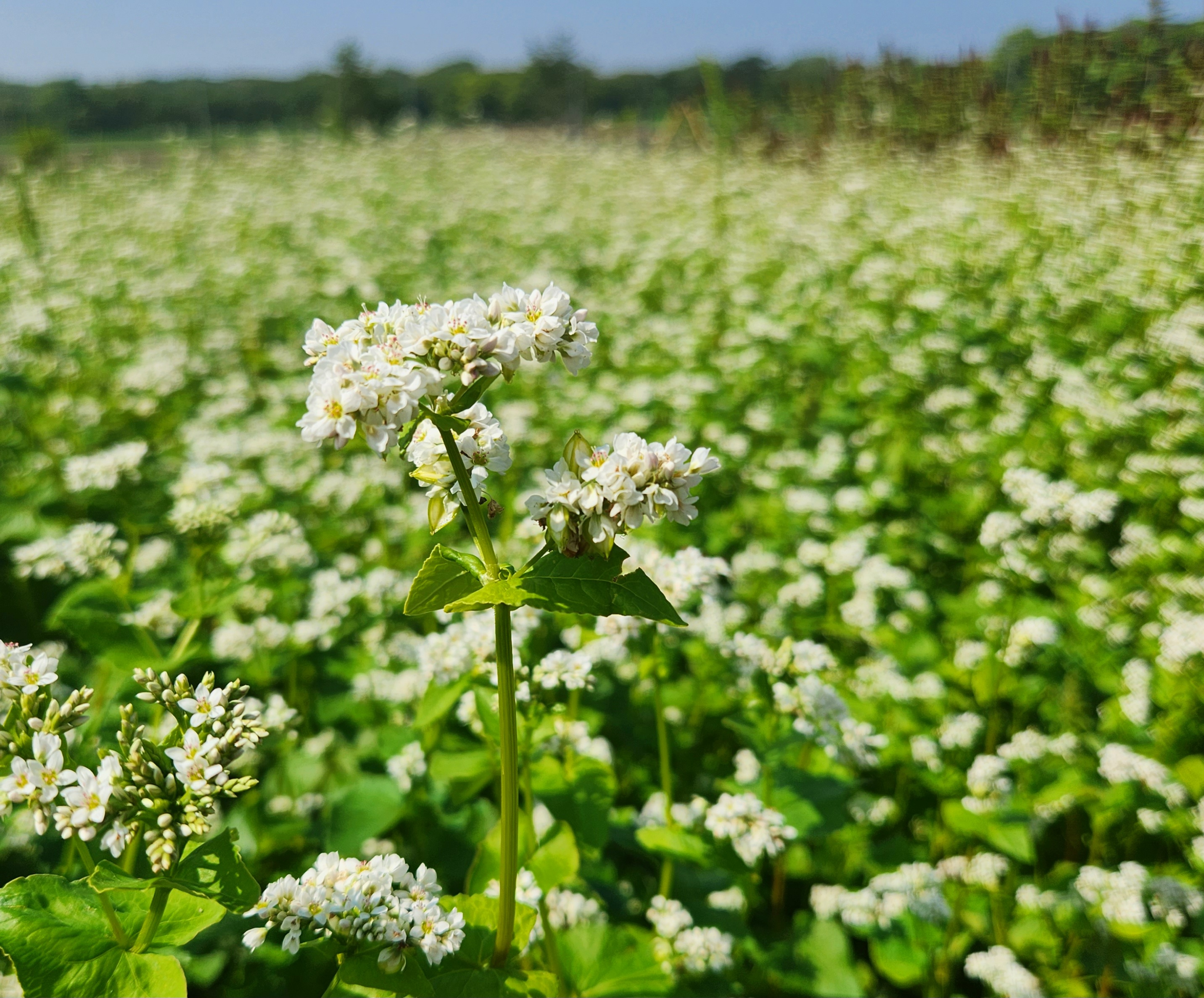ELK RIVER, MINNESOTA, US — Consumers are becoming aware of some — but not all — ancient grains. Grain blends could be a way to popularize the lesser-known ancient grains.
Proprietary research from Denver, Colorado, US-based Ardent Mills of US consumers age 18 and over showed 21% of respondents said they were “very familiar” with quinoa, and 36% said they were “somewhat familiar.” The percentages for barley were 21% very familiar and 48% somewhat familiar. Consumers could learn more about other ancient grains. The percentages for amaranth were 2% “very familiar” and 3% “somewhat familiar.” Teff came in at 2% “very familiar” and 2% “somewhat familiar.”
Five-grain blends containing those grains, along with quinoa, wheat or oats, could increase awareness, said Shrene White, director of specialty grains at Ardent Mills and general manager of Ardent Mills Emerging Nutrition.
“How can we sneak in a little buckwheat?” she said July 25 in an ancient grains conference put on by the Northern Crops Institute at the Oliver Kelley Farm in Elk River. “How can we start talking about spelt or amaranth or sorghum?”
Ancient grains often are whole grains, too.
“Whole grains, they’ve been around for a long time, but when we do our studies, we see whole grain claims on products in the grocery store are starting to decline,” White said.
Consumers are connecting whole grains with specific grains.
“They are starting to look for the word versus the claim of whole grain,” she said. “It’s becoming a bit of a white space,”
Sustainability stories, organic seals and grower stories are other marketing ways to appeal to consumers. Ardent Mills’ proprietary research showed 46% of consumers said they were more likely to purchase a whole grain product if it had a sustainability story. The percentages were 32% for organic and 28% for information on the growers.
White said, due to inflation, she is seeing a shift to private label from name brands, but ancient grains may appear in private label products as well. Sandwich bread containing ancient grains on average costs $3 more per unit compared to traditional sandwich bread, and unit sales may increase over 6% when ancient grain claims are used, White said. Cereal/granola bars containing ancient grains on average cost $1.50 more per unit with unit sales increasing over 3%.
Finally, Gen Z represents an opportunity for ancient grains, provided products are marketed wisely. White said her 17-year-old son spends a great deal of time on Google, Snapchat and Instagram.
“They are the first generation that has never not known social media, and that is their connection,” she said of Gen Z consumers. “They are very empowered by social media. That’s where they find all their data.”




